Turning the Fiction Biotechnology into Reality: Advances in Bio-industry Field
We would find lot of amazing concepts or ideas in many well composed fictions or movies. Such as being invisible, fly only with a backpack device, transfer to another place in virtue of molecules shifting etc. and each people are standing on different perspectives to think the corresponding gains. If you are just a normal people, like me, who only want to use these technologies and make our life or work more convenient; if you are a scientist, you want to step further and discover more things; if you a merchants, you would want to promote these things and gain revenue of course…how do you think?
Now here come some such ideas that some already hit market, while some still have a long way to go:
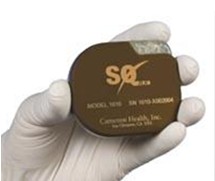
Boston Scientific, this device truly brings something new to implantable cardioverter (ICDs) for cardiovascular patients. It is the first device of its kind approved in the U.S. and is the only ICD that does its job without using electrical wires in the heart. Implanted just under the skin, it behaves like an external defibrillator when it detects cardiac arrest with an electrode that shocks the heart just like external defibrillator panels. Boston Scientific didn't create the technology but the company was smart enough to buy its creator, Cameron Health, for $150 million in a deal that closed in June. Some members of an FDA panel of experts that in April recommended the product's approval called the technology "elegant and simple" and a "breakthrough." Its inventive design also avoids the risk of complication that ICD leads in the heart and blood vessels can cause. Maker: S-ICD, an implantable cardioverter defibrillator that uses no wires.
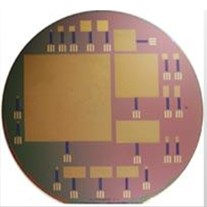
The Massachusetts Institute of Technology regarding neuroscience, first reported in June 2012, this discovery adds nearly infinite possibilities to what neural implants can ultimately be by giving them a long-term power source that draws from the body itself. The silicon-based chip pulls electrons from glucose molecules in cerebrospinal fluid. It has a platinum catalyst that subsequently creates a small electric current that generates hundreds of microwatts of energy--enough, the researchers say, to power a neural implant. Developer: A tiny fuel cell powered by glucose
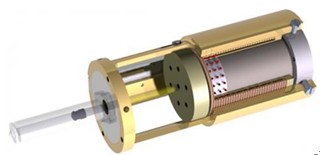
The Massachusetts Institute of Technology, scientists at MIT have come up with a jet-injection device that blasts a drug or as small as therapeutic antibody through the skin without any needles. Other devices in the space are already in the marketplace, but MIT took its updated approach to a whole new level, making it sensitive enough to deliver doses at different depths, so young children and adults can use the device in equal measure. The device contains a powerful magnet surrounded by a wire coil that is attached to a piston. Add a current to the metal and a magnetic field erupts, firing the piston. The device then shoots the drug through its tiny nozzle and into the skin, almost at the speed of sound.
Developer: A next-generation, needle-free drug device
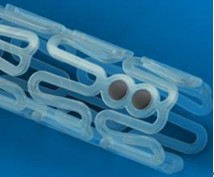
Abbott Laboratories, stents are ubiquitous of course, but ones that dissolve after they've done their job unclogging arties are anything but. Abbott is the first to get its bioresorbable version to market, with the product now shipping in Europe, parts of the Asia-Pacific region and Latin America. The first-of-its-kind technology is pretty neat. After initially functioning like a normal vascular stent, restoring blood flow and releasing the anti clotting drug everolimus, Absorb is designed to dissolve over time. Made of polylactide--the same crucial ingredient in dissolvable sutures--it eventually goes away. While some critics worry that drug-eluting stents could boost stroke risks, having them dissolve when their job is done potentially eliminates the problem entirely.
Maker: the Absorb drug-eluting bioresorbable vascular scaffold
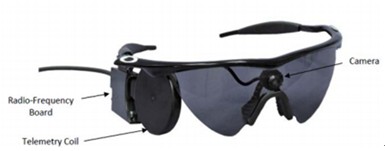
Second Sight Medical Products, these are truly visionary glasses designed to help patients felled by the neurodegenerative disease retinitis pigmentosa to regain at least some of their vision. To an outsider, the whole thing looks like nothing more than a souped up pair of sunglasses. But there are actually three complex parts: A retinal implant, glasses with an attached video camera and a wireless processing unit that attaches to a belt. To create "sight," the camera turns video images into small electrical pulses and then transmits them wirelessly to the retina implant as neurotransmission action do, stimulating remaining cells, which enables the brain to perceive light patterns. Patients learn, over time to interpret the patterns and regain some sight in the process. Argus II is also close to gaining regulatory approval.
Developer: The Argus II retinal prosthesis
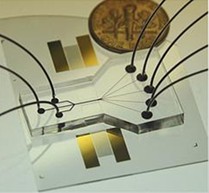
Pennsylvania State University, this new piece of tech is the first step toward developing a cell phone-sized medical lab regarding cell biology. Think Star Trek's tricorder used by Dr. McCoy--a tool that provided a diagnosis after briefly hovering over a person--and that is essentially what they are aiming for. The dime-sized chip uses two sound beams that serve as "acoustic tweezers" to sort a continuous flow of cells, the researchers explain. The sound waves are intended to allow for cell sorting less likely to damage cells than current, bulkier analystical devices. So far, they've used the tiny device to sort leukemia-affected human white blood cells. Moving ahead, the researchers believe they can use the chip in a tiny analytical device that will be easy to carry around and be powered by batteries.
Developer: An acoustic cell-sorting chip
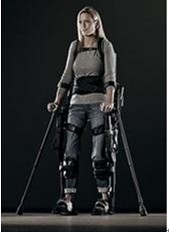
Ekso Bionics, this battery-powered suit is already in use in 15 rehab clinics around the country. Weighing around 50 pounds, it consists of mechanical braces that strap onto and around a patient’s legs, enabling the individual to lift and move legs forward. Electronic crutches and a back-mounted computer control the whole thing. Armed with a CE marking since May, the company is now pursuing overseas sales, The New York Times reported in a profile of the company. Plans call for seeking FDA approval at some point, in order to expand the amount of patients with spinal cord injuries and lower-limb paralysis to walk on their own.
Developer: Self-contained robotic walking suit
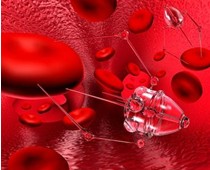
Korea's Hanyang University, Chonnam National University, this technology is a long, long way from use in humans, but the researchers get serious credit for dreaming big. Their idea: microrobots smaller than one millimeter that could serve as tiny devices that carry drugs to specific targets. Or they'd serve as a microscopic device with serious muscle, seeking out and destroying tumors directly or smashing through blood clots. Last winter they made a first step toward that goal, testing an external magnetic field to move the microrobots backward and forward or side-to-side while making corkscrew-like motions. They succeeded, steering a microrobot through a mock blood vessel filled with water. The Journal of Applied Physics highlighted their findings.
Developer: Microrobots
Article Link: Turning the Fiction Biotechnology into Reality: Advances in Bio-industry Field
Tags: Advanced Biotechnology, Fiction and Reality, Cardiovascular, Neuroscience, Therapeutic antibody, Neurotransmission, Cell biology, Blood

